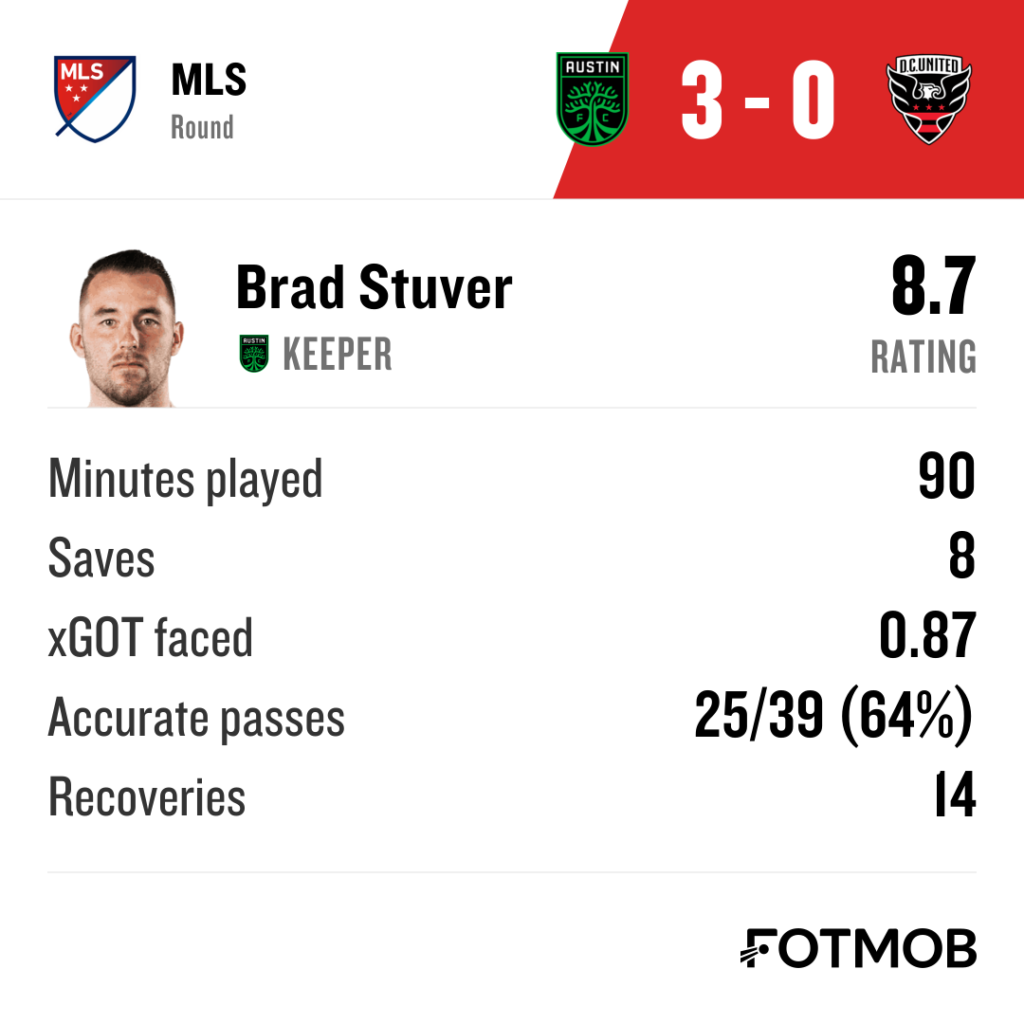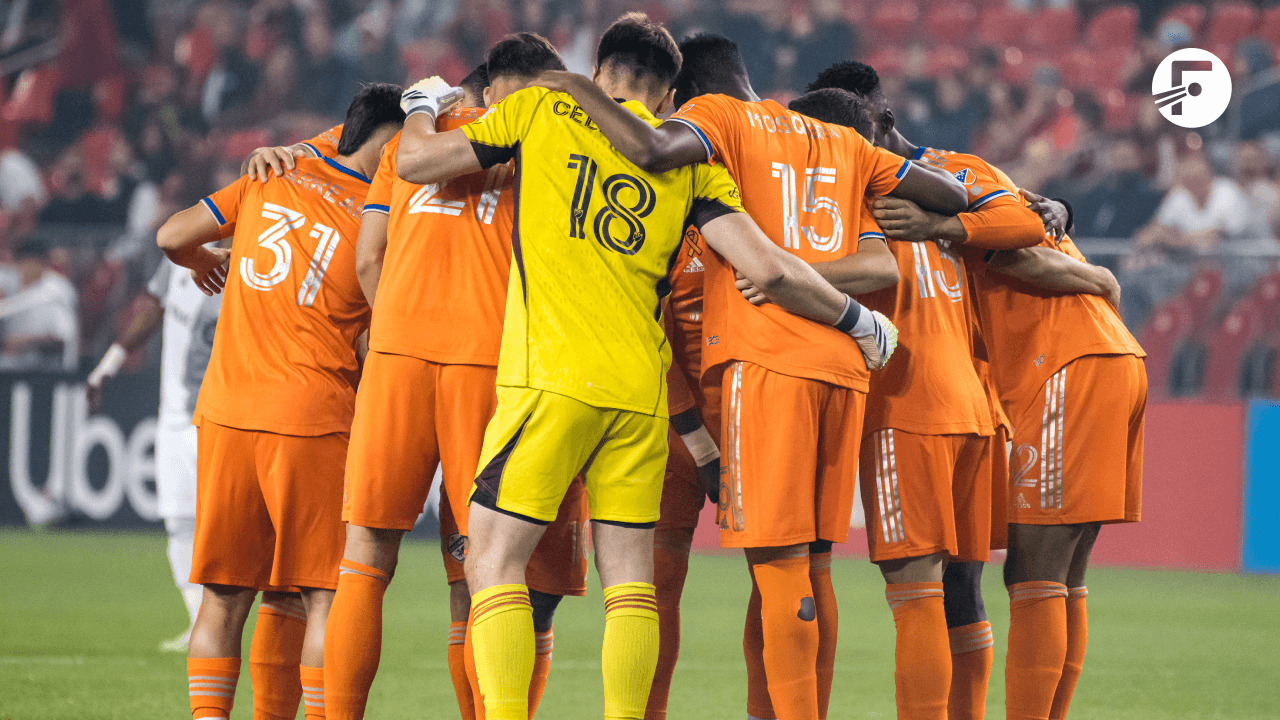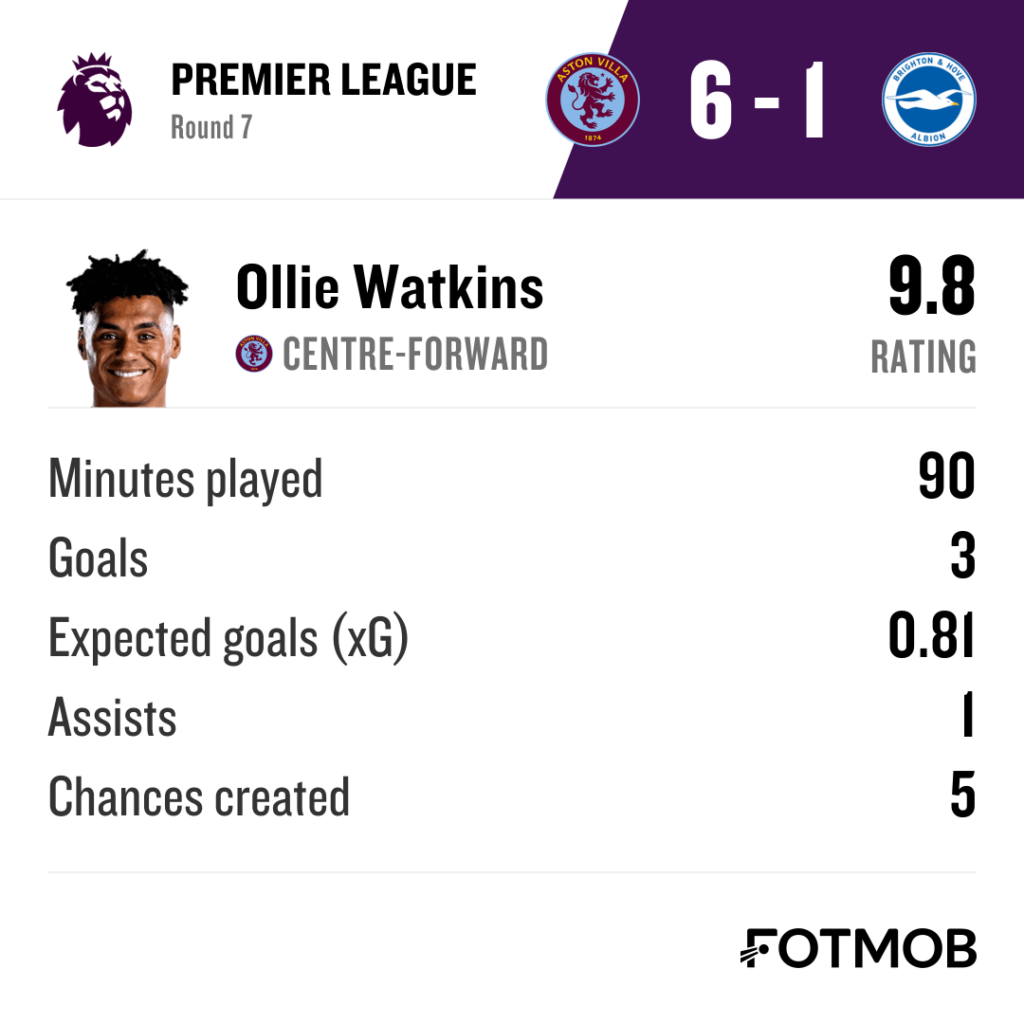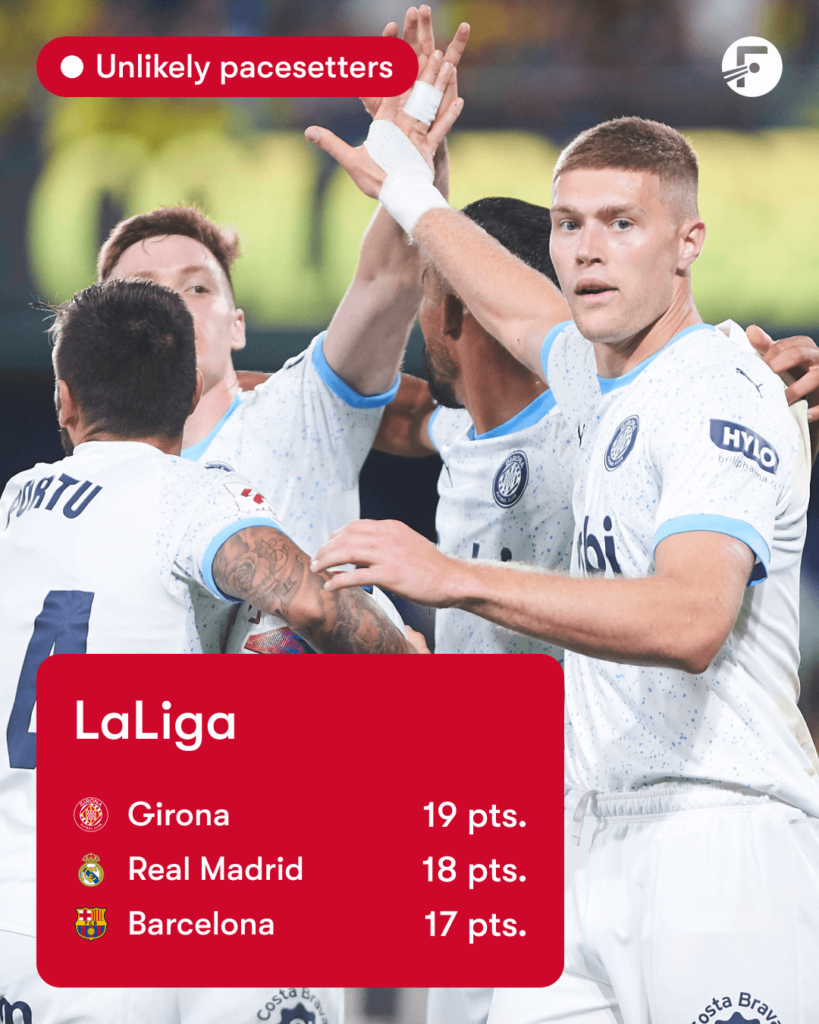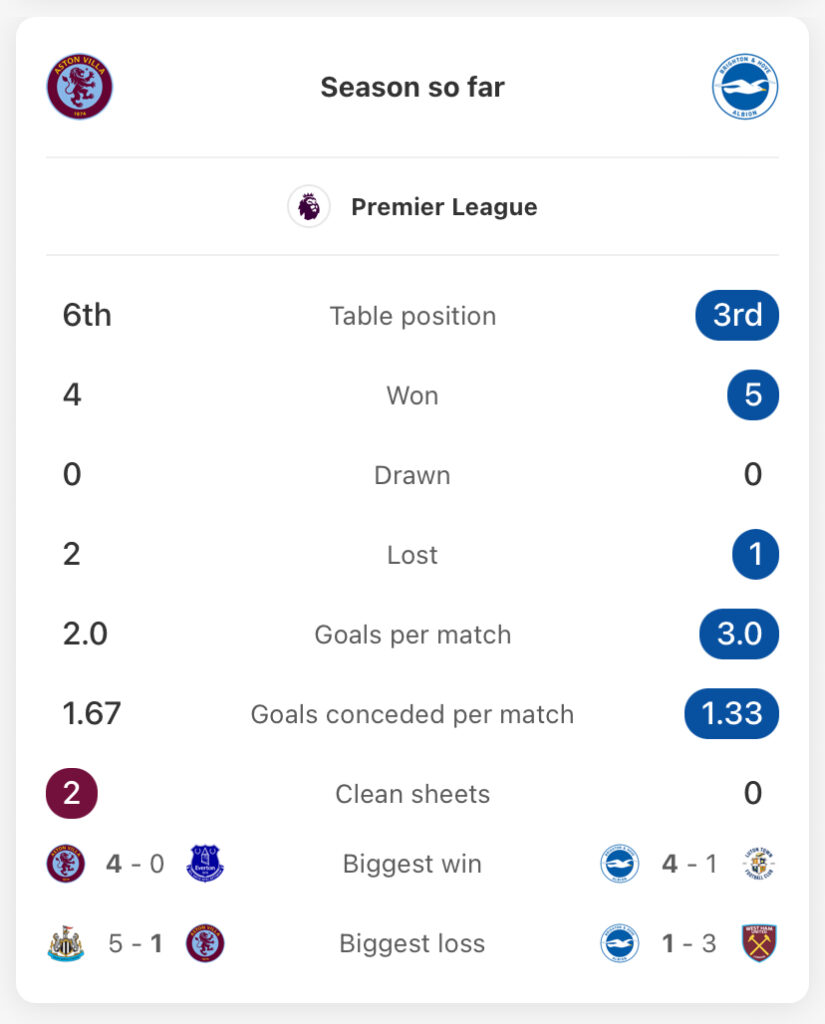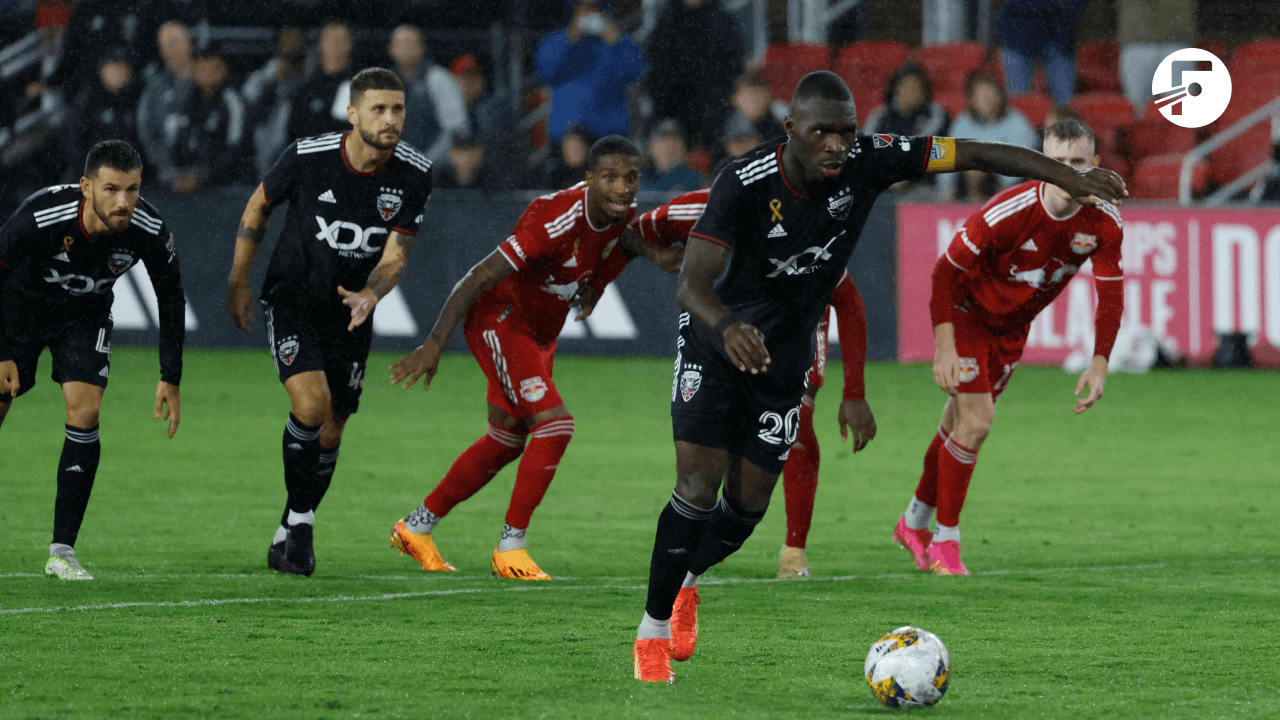The biggest injustice on a night widely considered to be (so far, at least) the nadir of VAR in English football wasn’t the dismissal of a legitimate goal, or the dismissals of Curtis Jones and Diogo Jota, the dismissal of a penalty on Joe Gomez or the dismissible excuse from PGMOL afterwards.
It was denying Luis Díaz a finish that special.
By Jack Lusby, ThisIsAnfield.com
Well, that may be an overstatement, but what should have been a galvanising goal in Liverpool’s eventual 2-1 defeat to Tottenham, scored when the Reds were a man down but having yet to concede, became the casualty of “significant human error.”
A long throw from Gomez, hurled up the right flank, touched down by Mohamed Salah, snatching off of Micky van de Ven, the ball was sumptuously threaded through the Dutchman and Cristian Romero into the path of an onrushing Díaz.
Unlike a later chance for Díaz, soon after Cody Gakpo’s equaliser for 1-1 and frustratingly skewed wide, Salah’s pass for his fellow winger wasn’t inch-perfect, but it was close enough. Díaz took two touches, fending off the attentions of Pedro Porro, and, at a wider angle than perhaps hoped, the Colombian took aim with his right foot.
The power on his finish gave goalkeeper Guglielmo Vicario no chance as it arrowed into the bottom corner, momentum sending Díaz tumbling before wheeling away – only for referee Simon Hooper’s whistle to blow immediately after.
Hooper, spotting the raised flag of linesman Adrian Holmes, cut the celebrations short to cheers from the Tottenham supporters. The scores stayed at 0-0.
What followed was a debacle. VAR Darren England, somehow under the impression they were checking to uphold a decision to award the goal, informed Hooper “check complete” and the goal was chalked off as offside.
Of course, it wasn’t offside, and PGMOL have since admitted their fault in denying Liverpool a deserved opener in a game which, had they gone 1-0 up, could have ended much differently for them. The events in the VAR booth at Stockley Park were mindbogglingly unprofessional.
“I can’t do anything. I can’t do anything,” England flustered as play went on. “F***.”
Two minutes after Díaz’s beautiful finish was disallowed, Heung-min Son broke the deadlock for the hosts. The momentum had clearly shifted towards Spurs, and though Gakpo levelled before the break, the impact of an unprecedented VAR cockup was telling.
An inquest into England’s oversight – to put it lightly – has resulted in his short-term demotion, and while Jürgen Klopp’s suggestions that “as a football person…the only outcome should be a replay” have fed into the vulturous English press, his priority is “how can we improve the things.”

That, it is hoped, will be resolved not for a sense of justice on Merseyside – the club are, after all, not actively seeking a replay of the fixture, despite Klopp’s stance – but for essential change to the way Premier League football is officiated.
But beyond that, there will remain a lingering feeling that Liverpool supporters were deprived the latest milestone in a remarkable post-injury resurgence from their No. 7.
After his breakthrough half-season in 2021/22, in which he hit the ground running following a £50 million move from Porto with six goals and four assists in 26 games from January to June, Díaz’s first full campaign was a misery. Another bright start ended with a serious knee injury in October and then another in December, restricting him to just 15 starts.
The priority was to recover fully and target a fresh start in 2023/24 – though he headed into the season with question marks over whether he would be first choice on the left flank.
Díaz was one of 16 players to feature in all five games of Liverpool’s pre-season and came away with three goals, but Jota, splitting his time between left winger and centre-forward, netted four and assisted three in those warmup games. Darwin Núñez also fired in four, and Salah scored twice while assisting seven. The smart money appeared to be on Salah, Jota and Núñez forming the starting trio heading into the campaign proper, albeit with depth allowing Klopp to rotate.
But Klopp had other plans, with Díaz now fully fit and starting six of the first seven Premier League games, bringing back-to-back goals in the opening two fixtures against Chelsea and Bournemouth. He, along with Salah on the opposite wing, has been a non-negotiable in attack, with Núñez sharing duties with Gakpo in the central role.

Díaz has done so while adapting his game, too. He has long resembled the ideal replacement for Sadio Mané, but is now playing more like the legendary Liverpool winger, too. His explosiveness remains, but he appears more measured in his play, always willing to drop into pockets to demand possession, and more varied in his movements – such as the diagonal run that led to his outstanding finish at the Tottenham Hotspur Stadium.
Turning 27 in January, Díaz is nearing the traditional peak age for a winger, but the likes of Mane and Salah have shown that players of that ilk can extend their top-level careers far beyond that. Part of that is becoming more multifunctional – and Díaz, from traditional, specialist winger to a marvellous all-rounder, looks to be doing that.
“The process and progression that I’ve been going through up to the present time is just incredible,” Díaz recently told Liverpool’s eMagazine, Walk On. “I’ve really learned a huge amount of things and I’m feeling that more and more all the time, not just in terms of my football but in my decision-making generally.”
While the headlines and jibes over replaying Tottenham vs. Liverpool go on, Díaz will already have his head down after having been denied a third goal in seven Premier League games.
But though it was ruled out, the manner and confidence of Díaz’s finish shows that he is a force to be reckoned with again.
(Images from IMAGO)
To keep up to date with everything Liverpool, make sure you click follow on the team profile in the FotMob app. Download the free app here.




